
Photo by Marv Bondarowicz. "Although older stoves, such as this 1936 Magic Chef, tend to have small ovens, many fans say they get results that beat newer, larger ovens."



Photo by Beth Nakamura/The Oregonian. "For many cooks, the luster of a new stainless-steel stove can't compete with the virtues of vintage: namely durability, simplicity, superior cooking and a cool retro look. One of the places in Portland that refurbishes them is Appliance City , where Angel Bulido installs hardware into a well-loved model."


"A Burning Passion for Vintage Stoves
By Kate Leeper, The Oregonian
October 28, 2008, 12:05AM
'Cooks love classic ranges for their retro looks and surprisingly sophisticated performance
In our shiny, stainless-steel, industrial-chic world, Vikings and Wolfs reign supreme, with legions of followers drooling in their wake. But off in a quiet corner is a secret society of heretics who worship instead at the altar of chrome and porcelain.
These are the cooks who go giddy over names like Magic Chef and Chambers, Wedgewood, and O'Keefe and Merritt. They don't need -- or even want -- a stove with the BTUs of a flamethrower. They're looking for sturdiness, reliability, simplicity and, of course, a healthy dash of charm.
I'm one of them.
I didn't always feel this way. Glossy ads for commercial ranges used to stop me dead in my tracks. I believed these stoves, like $900 cookware sets, held the secret to becoming a better cook.
Then I was forced to roast my first Thanksgiving turkey in a tiny old 1940s Magic Chef perched on dainty legs in the kitchen of my second apartment. I lit the oven with a match, crammed in the bird, crossed my fingers and offered a silent prayer to the culinary gods that the meal would at least be edible. To this day it was the best turkey that I've ever made -- gorgeously burnished, incredibly tender and juicy. I had found religion.
Vintage stoves and vintage cars share a lot of the same appeal -- the swoopy lines, the bright chrome, emblematic labels that look like they belong on a Caddy. Plus the cool extras like clocks, lights, shelves, and custom salt and pepper shakers. You almost expect to see fuzzy dice. Their retro looks fit in perfectly with Portland's many Craftsmans, Victorians and mid-century Moderns.
But, as Mama said, it's what's on the inside that counts -- and these 500-plus-pound heavy metal workhorses are much more than cute antiques.
I think of them as the appliance version of "fixies." What's a fixie? Ask any Portland bike geek and he'll show you his old 10-speed, gears removed -- nothing but wheels, a frame and, maybe, brakes. They're not for everyone, but for those who enjoy the rush of relying on their own technical skill, muscle and brains, they're the only way to fly.
It's the same for vintage stoves. They offer heat, and that's about it. With none of the bells and whistles of modern ranges -- no convection, no digital touchpads, no preset temperature settings -- you're forced to become one with your oven. You have to get to know its quirks and learn how to use them to your advantage. You have to get back to basics, getting comfortable with pilot lights and igniting the gas with matches.
But once you start cooking on it, that vintage stove will soon become your best friend. There are fewer things to break, and repairs are cheap. You'll see that the tiny oven is genius for its ability to retain heat and keep it focused right where it should -- on the food. You'll love the burners because you can turn them down so low your bean soups won't burn and you can simmer stock all night long if you want. If yours has a griddle -- bonus! -- everyone can eat their pancakes at the same time.
It took a few years and a couple of moves before I was finally able to buy my own vintage stove. I didn't need it -- we inherited a snazzy new GE Profile with our house -- but owning one was a burning desire I hadn't been able to shake since that first turkey. I told my husband we could use a spare range in the basement kitchen for guests to use -- or for us when we're living down there during summer heat waves. Besides, a spare oven would come in handy for big holiday gatherings.
I hopped on Craigslist and found an early-'50s four-burner Wedgewood, complete with a griddle, a clock and a handy cooking chart -- in perfect condition, no less -- emblazoned on the inside of the oven door. It cost just $150, and we tucked it away in the basement until we could figure out where to take it for a thorough cleaning and once-over.
It wasn't easy. Even with the many period-sensitive remodels in this town, there doesn't seem to be a big business in fixing up old stoves. But while I poked around the Web looking for someone to rehab the old girl, I stumbled on more conversations about old stoves than I could have imagined. There were bloggers waxing poetic, Craigslist ads from all over the country, and repair shops showcasing fully refurbished models that looked like a million bucks -- and cost almost as much. But the big surprise were the enthusiasts groups geeking out on specific brands of vintage stoves. One brand in particular -- Chambers -- had a fervent following of infectiously passionate devotees.
We finally found someone to fix up our stove. But while they were working on it, I just couldn't get the Chambers fans out of my mind. They were just so nutty for the stove that "cooks with the gas turned off" -- stoves so well-built and well-insulated, they said, you only need the gas on for about half the usual time. The stoves also have a funny cavern in the cooktop, called a thermowell, that could be used like a crockpot or a deep fryer. Even the griddle is a two-fer -- it has a special lid that works like a broiler. I could feel an obsession taking hold.
So I Googled and clicked and ended up on eBay, where there was a shiny white Chambers stove, in lovely condition, on auction for $399. Did I need it? Absolutely not. Did I want it? You betcha. When the seller's description said he would be willing to dismantle the stove and sell the parts, I had to take action. No one's taking that baby apart.
I was the only bidder.
A day later I had an e-mail in my eBay account from the operator of the Chambers Stove Lovers Web site, congratulating me on my purchase (did I mention they were a passionate bunch?) and found myself the surprised owner of two vintage stoves -- one in a repair shop here, one in Los Angeles and probably in need of a repair shop. Luckily, vintage stove repair is big business in Southern California, and I easily found a place that would pick it up from the seller and give it a good once-over. Getting it 1,033 miles to my house was still a question mark.
Marv BondarowiczThe Chambers brand of vintage stoves has a particularly devoted following, which includes a Web site for Chambers Stove Lovers, chamberstoves.net.
As the repair bills piled up ($120 for a rebuilt safety valve on the Wedgewood; $350 for a new safety system on the Chambers because it wasn't made with one; a couple hundred in labor for cleaning them both), I felt a deep sense of guilt for spending so much on two stoves I don't even need.
Oddly, what I didn't feel was regret. That's in part because I had become certifiably obsessed with vintage stoves. But mainly it was because (as I've assured my slightly frightened husband many times) vintage stoves retain -- and even increase -- value. The cost of a refurbished stove begins around $3,000 and can reach up to $10,000. Even if we decide to sell one, we'll at least break even, but we're likely to do even better.
That is, if we sell one. I still plan to give both appliances a workout and see how it feels to cook with each. The Chambers is on its way north and the Wedgewood is hooked up and ready for a Thanksgiving trial run. So far, I've only tested how fast it boils water, but I was thrilled to see it brought 4 quarts to a boil faster than the much-newer GE - even using the GE's so-called "power burner."
After a few months, we'll swap out the Wedgewood and give the Chambers a try. My prediction? The GE upstairs will be the one hitting the road.
Danielle Centoni: 503-221-8591; daniellecentoni@news.oregonian.com
Hot after a stove? Hints to help you
Many vintage stoves are out there, looking for a good home -- and a way to stay out of the landfill. Look around through newspaper classified ads, online and through estate and garage sales. Another good source, though not local, is eBay.com.
Choose wisely. A really beat-up stove can seem like a bargain, but restoring it could cost several thousand dollars. Things like re-enameling and rechroming cost the most. And missing parts can be expensive to replace and hard to find.
You can spend as much or as little as you like on refurbishing. To make an old stove look like it just rolled off the showroom floor, you'll likely need at least $3,000.
Or, you can enjoy the stove's antique patina and just have the appliance thoroughly cleaned and examined for around $200 to $300. This usually includes checking for gas leaks, checking the insulation, calibrating the oven and more. Two local appliance stores that specialize in restoring vintage stoves are Appliance City in Northeast Portland, and Bee Jay's Appliance in Milwaukee. These shops also sell restored stoves.
Keep in mind that electric stoves cost more to refurbish than gas, because they often need to be rewired.
If you want to shop around for a restored stove, California is a gold mine. A few good sites to check out are Dreamstoves.com; Antiquegasstoves.com; and Buckeyappliance.com. But there are many more out there. Google is your friend. Just remember, these stoves can sell for up to $10,000.
If you decide to buy a vintage stove from out of state and the seller does not have a way to transport it to you, you can arrange to have it shipped through www.uship.com. This is a site, a little like eBay, where you post what you need shipped and where, and movers then bid.
A lot of these movers piggyback their shipments, moving several things at once. Since they're not making a special trip just for you, this keeps costs down. The trade-off is you might not get your appliance shipped right away. Be sure the seller is comfortable with holding the appliance while you arrange for shipping.'
-- Danielle Centoni"
From OregonLive.com.







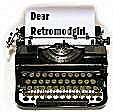











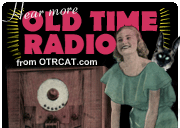


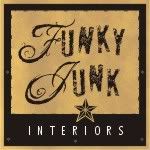





























.jpg)







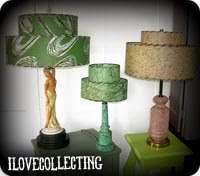






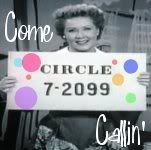

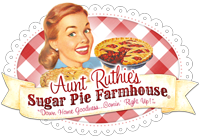













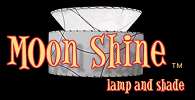



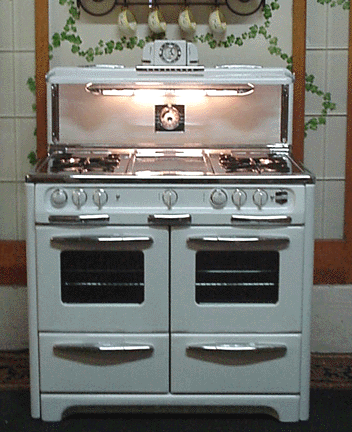









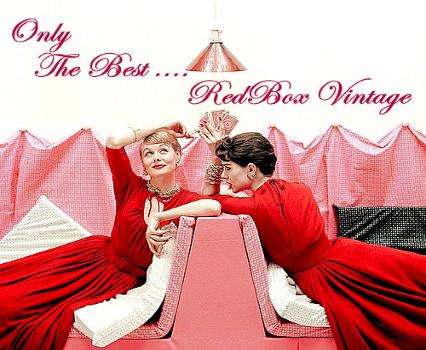



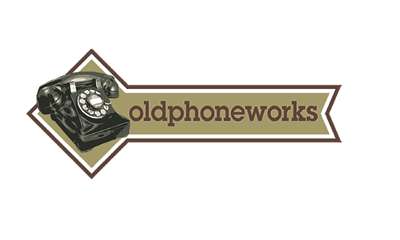

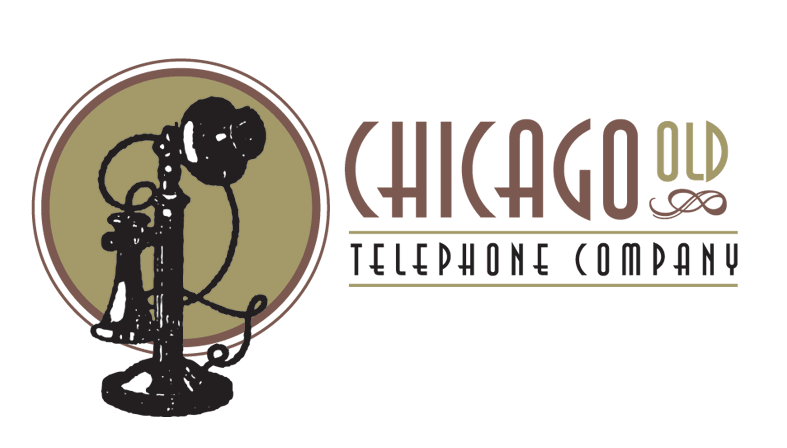




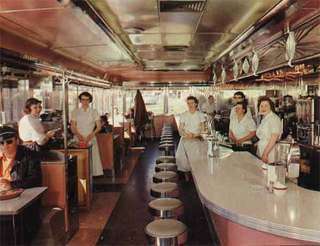

13 comments:
Omg...look at that stove! I am in Heaven! I would die for one of those...amazing..Have a Happy Halloween...Kori xoxo
A lot of useful information in those links, thanks. I feel that it might even be too much for me to “digest” in just one week.
Your blog is a retro feast for the eyes. I can't afford any of this stuff but I love looking at it! (At our house, when our kids say they want to watch "Barney", they're referring to the Andy Griffith show, not the purple dinosaur... : )
I just started a blog last week, if you're interested-
http://excerpts-kristin.blogspot.com/
wowie. i wish i had one of those stoves to whip up my retro eats. visit me at kitschenfeast.blogspot.com - let's make friends!!
thanks for the info!!
Love your blog~ Blast from the past Wow those stoves!
Carolyn
You just cant beat a vintage stove! At the Casablanca I never dreamed I wanted a stove out there, I was content with cooking hambugers over an open fire... Un till June 25th 2009 when I fell hopelessly in LOVE with my stove. its a 1954 frigidaire it has side by side over and bread warmer, 3 burners on top and 1 special "pot" back burner. I went into this antique store to find a rotary phone and ended up buying the stove!(abotu a month later) It was a dream! everythign worked it had been in its original home until 4 years prior and then in the shop for 4 years. She was asking $750 and I talked it down to $250 and ahve loved it ever since!
Awesome story, Mick! You find the best MCM items!
Uff, I would love to cook with that stove. It's great to hear that well crafted, well designed objects from the past beat out the new stuff.
www.erinswanelo.posterous.com
Cool stoves. I am doing a retro remodel on my kitchen, and this is great information. I also found some interesting info on retro kitchen lighting
handy man in Mississauga.com!:say's besides the fact these stoves look great they were also very good in quality and lived longer,these days like everything else they have a shorter life span so they can sell you another one.
Antiquing is an art of antique collection like for example collecting antique table which not only includes buying, selling and collection of antiques, but also includes learning about them and enjoying them in historic houses which are located all over the world.
I like your site. Your products and the picure are great. I loves retro style. I wish I could buy the retro products in Germany. Maybe you want expand your business to germany. You can start a marketing campaign to germany with quality businesslist. http://german-businesslist.com/
Post a Comment